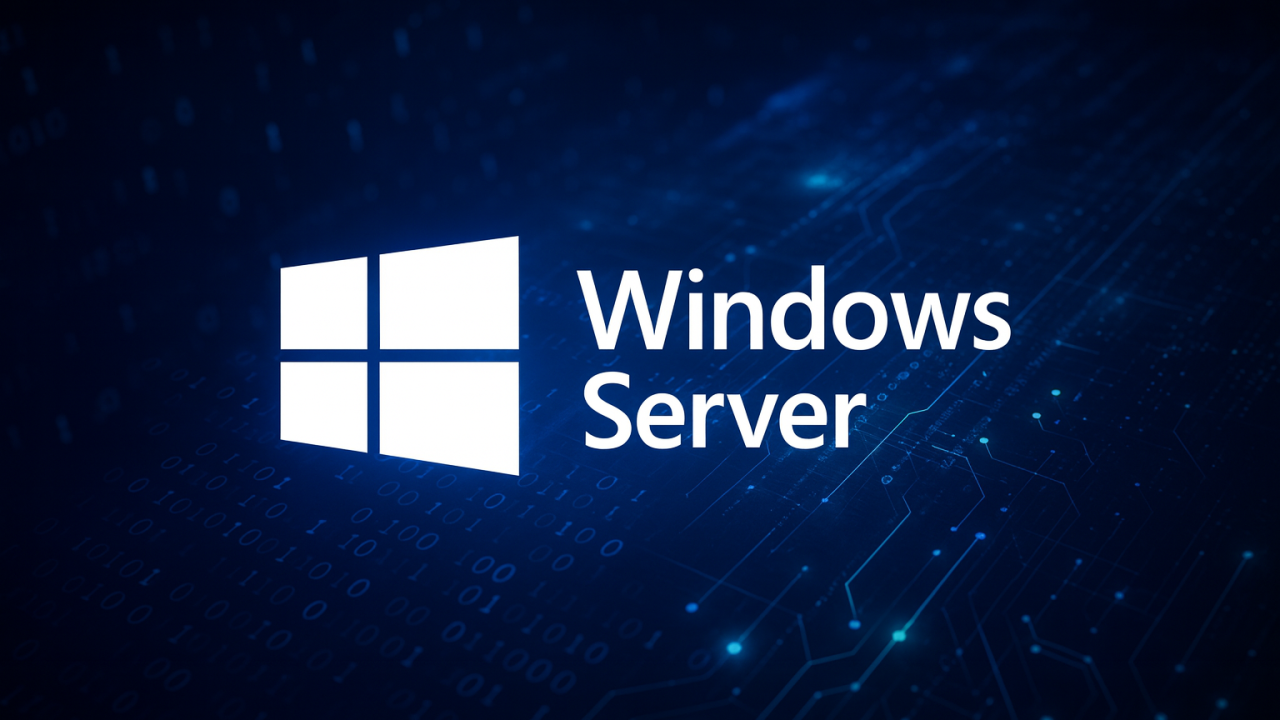Microsoft has just issued an urgent out-of-band security update to patch a severe remote-code-execution (RCE) vulnerability in its Windows Server Update Services (WSUS) platform. Tagged as CVE‑2025‑59287, this flaw strikes at the heart of how organisations deploy updates—and the implications could be significant.
A dangerous Flaw in WSUS
At the core of this vulnerability lies unsafe object deserialization: WSUS fails to properly validate and handle incoming objects, allowing an attacker to send a specially crafted request that triggers arbitrary code execution. Microsoft classifies the weakness under CWE‑502: Deserialization of Untrusted Data. Because WSUS typically runs with SYSTEM-level privileges when enabled, successfully exploiting the flaw would grant the attacker full control of the host system.
The severity is unmistakable: Microsoft assigns a CVSS 3.1 base score of 9.8 (Critical), with an attack vector that is network-based, requires no user interaction and no prior authentication. All of confidentiality, integrity and availability impacts are rated “High”.
In addition, threat-intelligence firms have confirmed that a proof-of-concept exploit is already publicly available—and at least some in-the-wild exploitation has been reported.
Scope of impact: Which systems are at risk?
The affected software spans multiple versions of Windows Server where the WSUS “Server” role has been enabled. Microsoft’s advisory names the following: Windows Server 2012 / 2012 R2, 2016, 2019, 2022 (including 23H2 “Server Core” edition) and the newly released Windows Server 2025.
An important caveat: if the WSUS Server role is not enabled, a server is not vulnerable to this specific flaw. Microsoft emphasises this point to differentiate impacted systems from general Windows Server installations. Still, while WSUS is not always widely exposed externally, there remain real risks: organisations often use WSUS as the central hub for patch‐distribution, and a compromised WSUS server could allow attackers to poison updates, pivot deeper into networks, or distribute malicious payloads across many endpoints.
Timeline & urgency
According to available records:
- On 14 October 2025 the vulnerability was publicly logged in the CVE database.
- Microsoft issued an out-of-band (OOB) update on 23 October 2025 to address the issue.
- Concurrently, the security community identified publicly available proof-of-concept exploit code and began observing signs of active exploitation.
Because the exploit is accessible and the vulnerability is easy to trigger, Microsoft classifies the exploitation likelihood as “More Likely”—which further emphasises the urgency for patching.
Mitigation and interim tactics
For organisations unable to deploy the patch immediately, Microsoft and other authorities have offered several temporary mitigations:
- Disable the WSUS Server role on vulnerable hosts (though this halts update-distribution services).
- Block inbound traffic on ports used by WSUS (typically TCP 8530 and TCP 8531) at the host firewall or network perimeter.
- Monitor for unexpected WSUS behaviour, anomalous connections to WSUS endpoints, or newly surfaced update packages that weren’t sanctioned.
These are stop-gap measures only—and Microsoft explicitly warns they should remain in place until the patch is fully applied, since reverting them beforehand leaves the environment exposed.
Why this matters for defenders
The most chilling aspect of CVE-2025-59287 is the combination of three factors:
No authentication or user interaction required – the attacker can launch the exploit remotely without needing creds or human action.
High privilege outcome – if successful, the attacker runs code as SYSTEM, which is as powerful as it gets in Windows.
Potential propagation impact – because WSUS is designed to distribute updates across many systems, a compromised WSUS server could become a staging ground for a large-scale compromise. SecurityWeek notes the scenario could even become “wormable” across WSUS servers.
In short: while many vulnerabilities require conditions or user involvement, this one checks all the boxes for a “big win” for an attacker if left unprotected.
What organisations should do now
IT teams should act with speed and precision:
Confirm whether any server has the WSUS Server role enabled. If so, treat that server as high-risk until it’s patched.
Verify patch deployment – apply the Microsoft out-of-band updates for each affected OS version (e.g., KB5070881 for Windows Server 2025, etc.).
Monitor your environment – review WSUS logs and network logs for unusual activity, especially from systems that should be “just patching” and not performing other tasks.
Plan for rapid recovery – given the potential for mass-deployment of malicious updates if the server is compromised, ensure there are validated backup and restore plans, and trust paths (certificate/signing) for update packages.
Review exposure of WSUS ports – even though WSUS is not usually externally accessible, any inbound exposure of ports 8530/8531 should raise alarm bells. If exposed, implement immediate network isolation or firewall rules.
Communicate with stakeholders – this is a critical risk scenario. Make sure senior leadership, security operations, incident response teams and server-admins understand the severity and the time-sensitive nature of the threat.
Conclusion
The vulnerability flagged by CVE-2025-59287 is a textbook example of what defenders dread: a network‐accessible weakness, no user action required, highest privilege outcome—and a widely used infrastructure service as the target. The speed of the patch release, the public disclosure of exploit code, and reports of active targeting all combine into a “red alert” scenario for IT security teams.
In plain terms: if you run WSUS in your organisation, you cannot afford to delay. Get your systems patched, or apply the recommended mitigations until you’re sure they are. When one central service like WSUS is compromised, the impacts can ripple far beyond a single host—potentially threatening entire fleets of endpoints.
Join the AI Threat Research vSummit to learn how attacker are using AI – and what you can do to stop them. Earn 2CPE Credits ✨ | Pentera Labs
